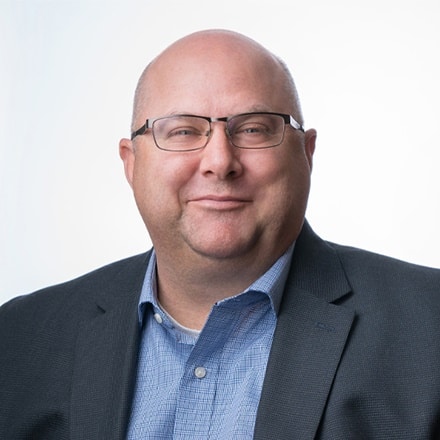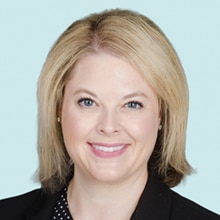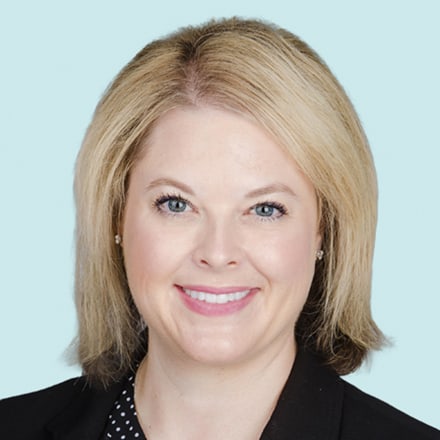Inside Angle
From 3M Health Information Systems
Three questions with Jason Burke: Health care staffing and the future of coding automation
I sat down with the 3M Health Information Systems Vice President of revenue cycle solutions Jason Burke to talk about how technology could help with health care staffing shortages, better aligning revenue cycle and clinicians, and what he’s excited about in the second half of 2022.
One of the top challenges in health care right now is staffing. How can technology potentially help with this issue?
What’s really exciting about the innovative technology that is happening now is that we’re starting to replicate human decision making with some of the simple tasks traditionally done by people. We are starting to tackle those things like simple coding areas and clinical documentation integrity (CDI) that really don’t require complex decision making to be done. This will allow people and the experts in hospitals to focus their time on more complex areas that require their intelligence and expertise.
For example, traditionally, coding for things like radiology, same day surgery, mammograms or newborns on the inpatient side have been done by people for simple visit coding. We’re now going down the path to do a lot of these things with deep learning models that are proving to be highly accurate. We can do those simple coding areas at a high rate so that those service lines are coded and billed without having to be touched or reviewed by a person.
While this technology is fantastic, I know there are some concerns about coders being replaced by technology. We’ve met with many health care leaders and our clients, and they are very clear that although we may automate a lot of these areas, there is still plenty of work to do in health care. There will always be a huge need for coding experts for those complex areas.
We’re also seeing a shortage of qualified coders as there are not a lot of people going into the coding field. This automation effort will allow us to supplement and augment the lack of having qualified coders for organizations, and also help reduce some of the spend on outsourced coding.
Alignment between revenue cycle and clinicians has always been a challenge. Can you talk about how 3M HIS integrates the two functions and an example of what is working?
Health care is moving closer to the point of care. That’s the direction it has to go to improve the quality of care and the patient experience. 3M acquired M*Modal because they brought the clinician side of the equation to compliment our revenue cycle expertise. We’ve made investments in the technology that allow the physician to capture information at the point of care while receiving proactive nudges related to clinical, operational and quality suggestions.
Our technology fills the gaps in documentation that could impact clinical or revenue outcomes. For example, a combination of M*Modal technology and our 3M™ 360 Encompass™ System platform allows us to feed consistent actionable information both upstream and downstream in the revenue cycle while also providing meaningful information that does several things—it allows us to train physicians and educate them while they treat a patient; it helps clinicians document correctly at the point of care; and it proactively gives providers meaningful information about areas that may help them make better informed care decisions while connecting coders and CDI specialists to the information much faster.
A great example is a patient who has already had a CT scan. Let’s say a physician, not seeing the previous CT scan in the electronic health record (EHR), tries to order a new one. The system can nudge the doctor and let them know that this test has already been done, which saves on a costly duplicative test. On the quality side, providing nudges about better quality of care based on historical evidence we have found in the care delivery process, can help ensure that we share the right information at the right time so providers can make the right decision faster and easier.
In the mid-revenue cycle, we give these nudges up front, while the patient is being treated, which makes it easier to provide accurate codes and make sure that we understand the gaps in documentation before it goes too far through the revenue cycle. It also allows us to help our clients automate mid-revenue processes faster and more accurately when we’ve done that work up front to make sure it is correct.
I think that a combination of the clinical and revenue processes has proven to be extremely valuable. One thing to consider though is that it is important that these solutions are rolled out correctly and not in a big bang approach. We’ve seen clients be successful by targeting specific service lines that are areas of need for an organization so that they can adapt to the new automated nudge model. It’s really proving out a streamlined process to give time back to physicians so they can spend more time with patients and treat more patients every day. It also gives us the ability to speed up the revenue cycle process so that hospitals can get paid faster, with reduced denials. This is driving quality of care for patients at the highest level.
We only have a few more months left in 2022. What are you most excited about seeing through the end of the year?
The things that get me excited about this year are the tremendous benefits our clients have seen as they move to the cloud. It reduces the effort of our clients on the support side and gives us the ability to streamline and maintain the accuracy and level of use of our solutions because we can eliminate environment issues that may happen when we have on-premises solutions. It has also provided hard cost savings for our customers that have made this move.
A big opportunity I see with the cloud is being able to capture more data that we can leverage in the future as we release a new analytics solution for the cloud later this year. Having data in the cloud will allow us to access and process data at scale, so that we can provide more insights to our clients to help them make better decisions about their departments, best practices and staffing decisions.
We can serve as more of an advisor to our clients so they don’t have to spend a lot of time on their own looking at and analyzing that information. At the same time, we’re creating the ability to share more data with clients so they can use that data in their own systems more readily. That’s a request we are getting often: clients want to access their data easily. One of the greatest things about moving to the cloud and having that data in the cloud is that it provides a higher level of security and consistency in securing that data.
I’m also pumped about coding automation. Our deep learning models show huge promise in truly automating coding in a scalable way. Scale is a critical requirement with innovation. It requires sophistication that can adapt to new codes and each organization’s unique requirements. We’re excited to prove this out.
We’re developing solutions around CDI automation and testing a new prioritization artificial intelligence (AI)-driven model and we’re seeing a great response from that so far. We value our test clients that are working with us to identify which cases should be reviewed and which don’t need to be reviewed by a human. We want to make sure we’re diverting the record to the right place, whether it needs an electronic, automated review, or human expertise. Having those workflows in place and to be able to add that kind of value to an organization allows us to do more innovation with every client in the future. We will continue to be able to do more automation and provide more helpful insights to our clients to address the difficult challenges that the market faces every day.
Jason Burke is the vice president of revenue cycle solutions at 3M Health Information Systems.
Kelli Christman is senior marketing communications and strategic communications specialist at 3M Health Information Systems.




